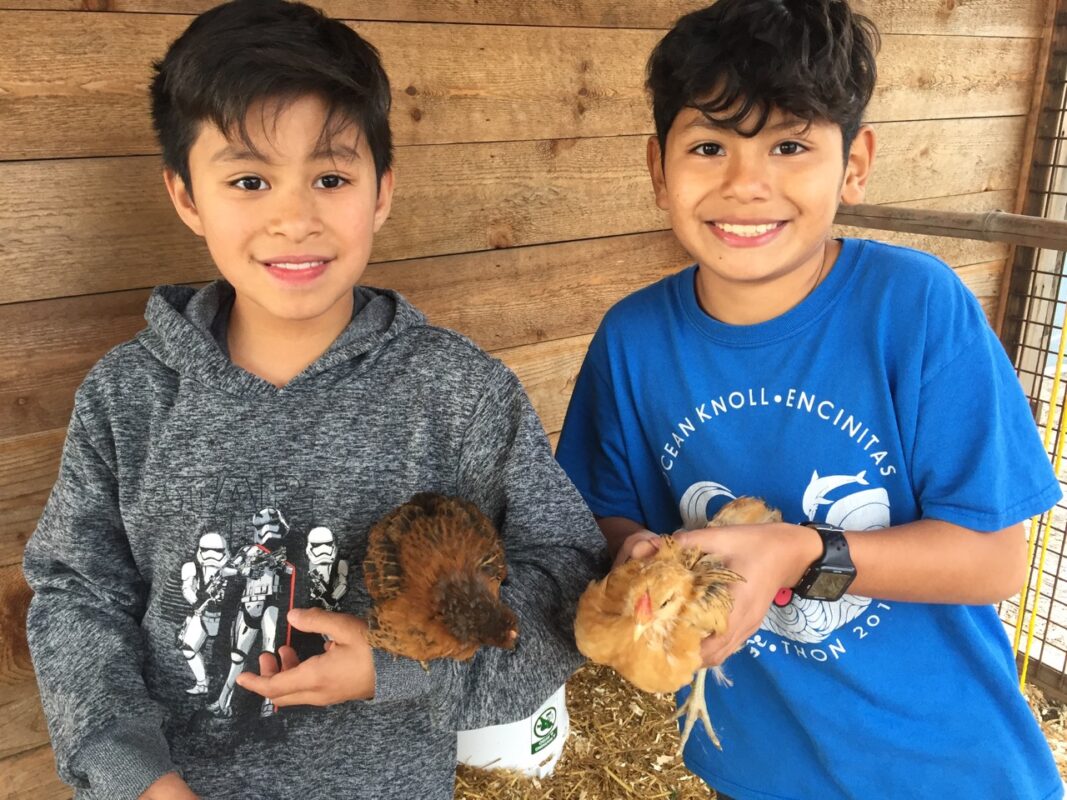
What does raising chickens have to do with preventing diabetes? The story begins on a farm in New Jersey, back around 1950. The young son, whose job was caring for the family’s chickens, learned the fundamentals of life first-hand – life cycles, weather, seasons, animal husbandry, medicinal intervention, pesticide pros and cons, ecology, conservation, and interconnectedness. This experience engaged the curiosity and developed the drive of a scientist in young Tony Cerami.
From this humble beginning, Dr. Anthony Cerami grew in stature and accomplishment, rising through the ranks of academia, focusing his scientific discoveries on preventing, managing and treating complications of diabetes. He developed the HbA1c diagnostic test, used as the gold standard worldwide to diagnose and manage diabetes.
Together with his wife, Dr. Ann Dunne – who is the COO of a biotechnology company that is developing treatments for complications of diabetes – a desire arose to tackle prevention, rather than solely diagnosing individuals, or treating patients already suffering from the disease. They established the ACAD Foundation for World Health, funding numerous causes, and Annie founded the Sage Garden Project.
The Sage Garden Project is an engaging program that brings gardens, cooking classes, and nutritional science – as well as opportunities for physical activity and exercise – to targeted Title 1 public elementary schools throughout California. The goal of the program is to reduce the incidence of diabetes. Because the disease is developing at an epidemic rate in the Hispanic/Latino and African American populations, schools with a large percentage of these students are selected for participation.
Research assures us that planting and nurturing fruit and vegetables makes kids more likely to try – and actually enjoy – eating these healthy foods they might otherwise dismiss. The one most simplistic goal the program has is to encourage kids to eat more vegetables (which has the added advantage of pushing out some of the less-nutritious choices). By capitalizing on this with fun, hands-on activities, supported by nutritional science and cooking skills, the program provides real-world lab sessions during the school day, which expand upon classroom topics and grade-level standards.
The Sage Garden Project is unique as it teaches the complete cycle of food, creating appreciation for each step in the process. Students plan their plantings according to season, maintain their school garden themselves, grow to fulfill the needs of the culinary program, harvest, wash and learn to prepare their food, then compost the remains to enrich the soil for subsequent planting. This experience leads to a deep understanding of how to feed themselves, organic differentiation, sustainability, and the need for conservation efforts.
The first class of students who have been in this program throughout their elementary school experience have now graduated 6th grade. It is impossible to miss the familiarity with garden-grown produce and culinary prowess they exhibit in the video “The Gardenator Challenge.” Watch it here. The anecdotal evidence from the 20,000+ students reached is overwhelming – children are enthusiastic, the teachers, administration, and parents are grateful.
And the chickens? Just by being kept and cared for by the students in their school gardens, they are doing a great job of engaging this next generation of inquisitive minds.


Leave a Reply